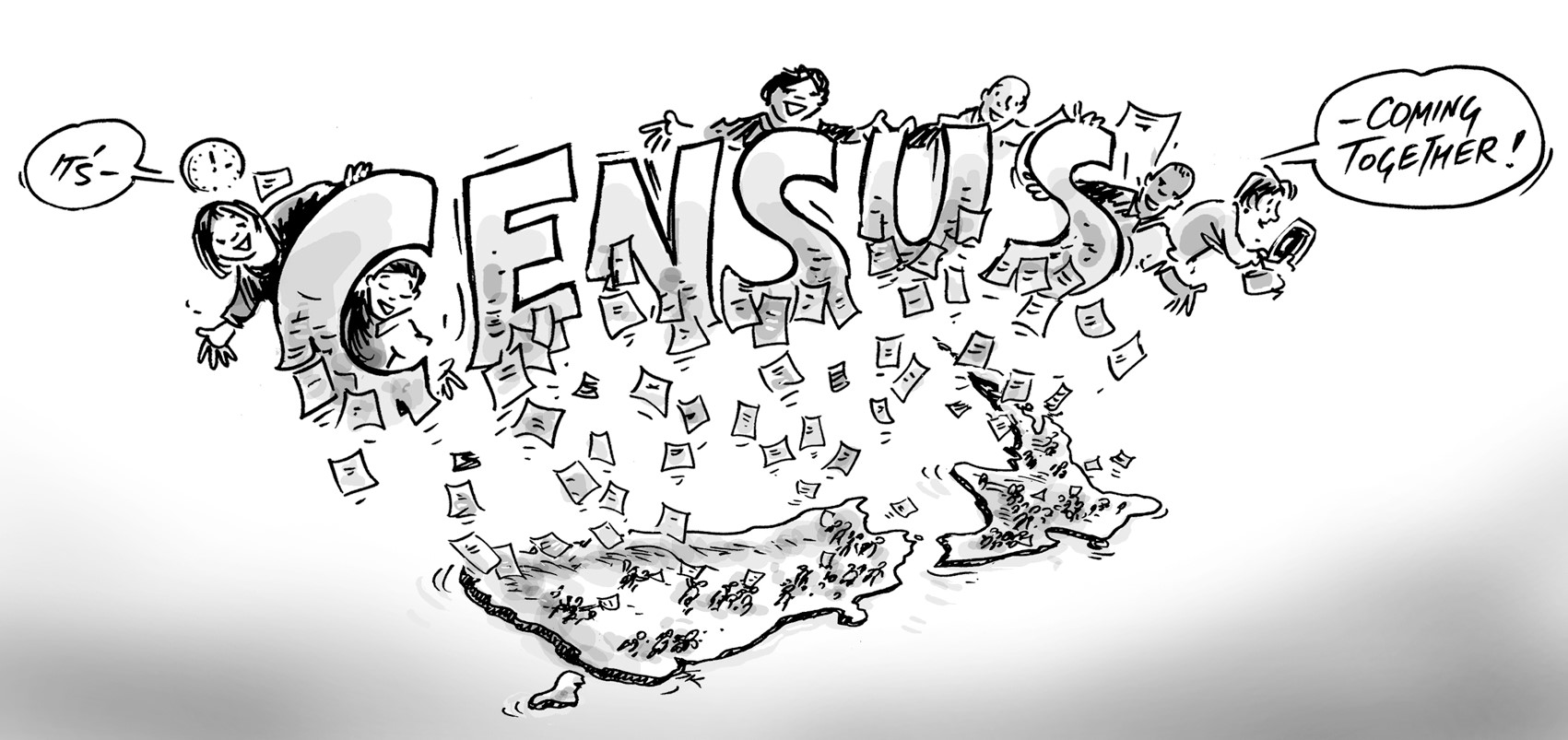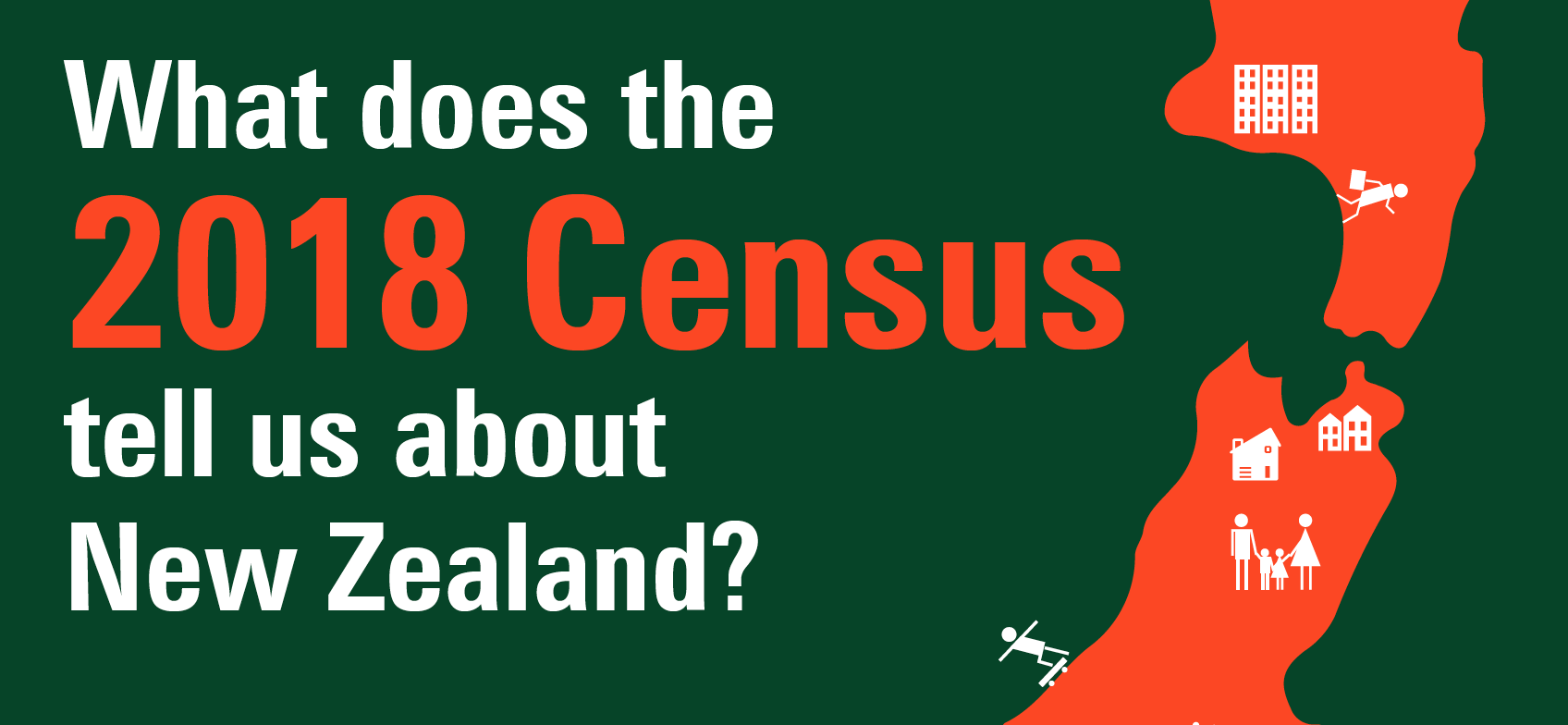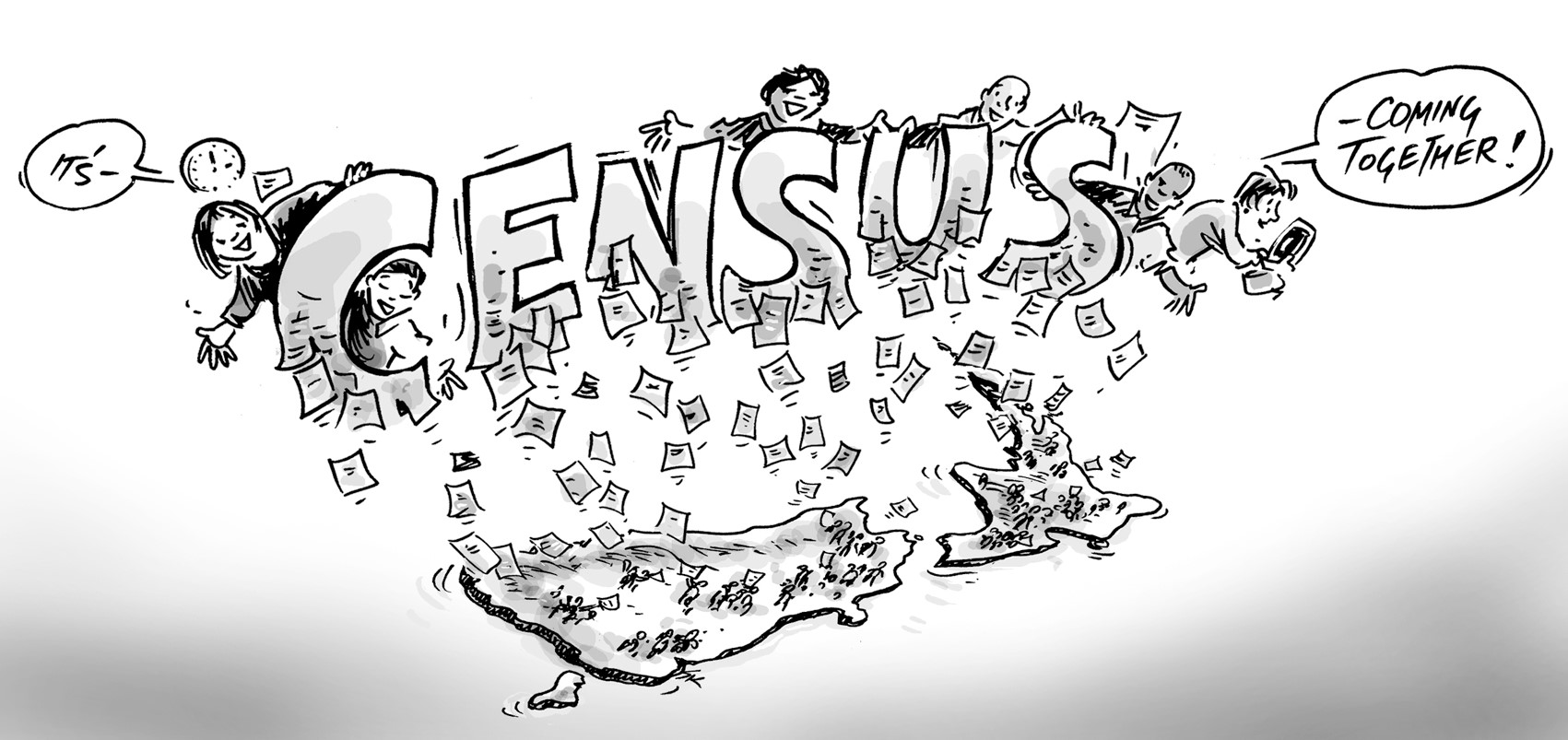The 2013 Census shows that the Kiwi Dream of owning your own home on its own block is changing.
While larger homes are being built, and most of the increase in dwellings is among low density housing, an increasing proportion of all dwellings are being rented.
Are New Zealanders choosing to rent rather than buy, or is this a necessity of rising housing costs?
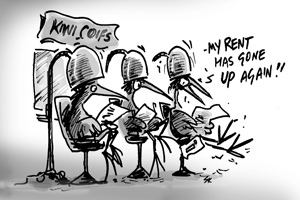
The 2013 Census reveals quite a big change in New Zealander’s tenure and dwellings. 76.4% of all occupied dwellings remain separate houses, though there was a significant increase in high density housing as well (flats in 4 or more storey blocks), which now makes up 7.4% of all housing. The vast majority of this is in Auckland and Wellington.
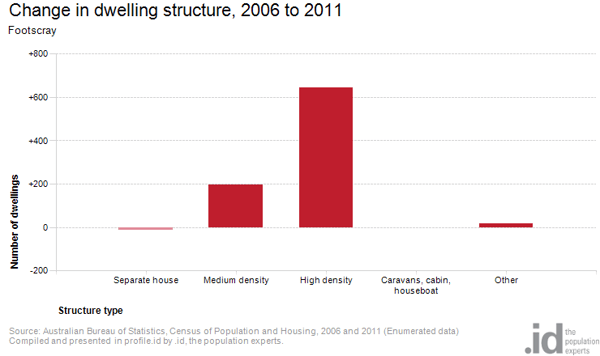
New Zealand dwellings are getting larger as well. Almost all the growth in dwellings over 7 years has been in dwellings with 4 or more bedrooms.

But the most interesting change is in how people occupy these dwellings. There has been a substantial shift away from home ownership and towards rental. This is the distribution of housing tenure at 2013. 26.9% of all dwellings are fully owned by their occupants, without a mortgage. This was relatively stable over 7 years. But the proportion with a mortgage has declined from 32.9% to 31.7%, while the proportion of renters increased by 2.5 percentage points, from 26.7% to 29.2%. As a broad rule of thumb the three main tenure types now have a relatively even share across the nation. There are also a small proportion in “Other tenure type” – these are households with life tenure and family trust arrangements.
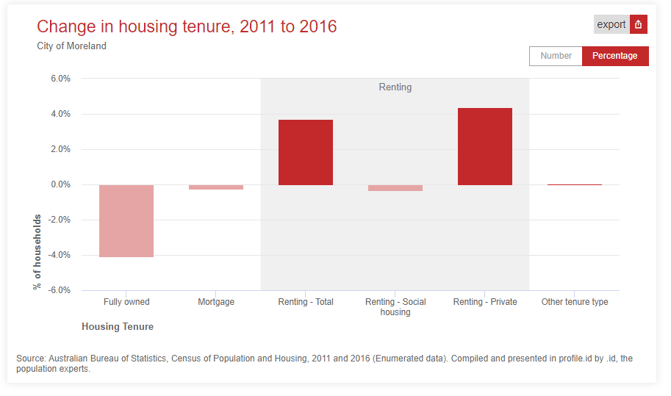
This shift to rental may not seem huge, but when we look at the change over time chart it’s pretty impressive. Of the increase of 95,000 households across New Zealand over 7 years, 65,000 of them were renting! Or to put it another way, while renters made up 29.2% of all households, they made up about 70% of the increase.
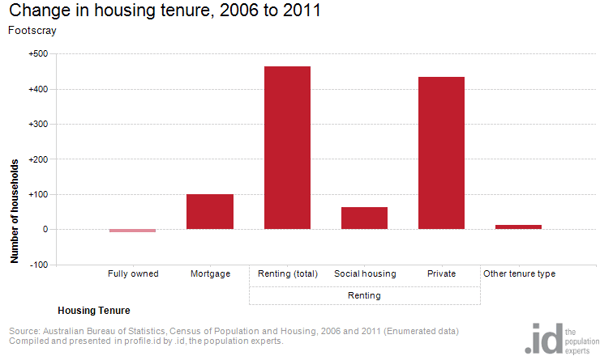
The increase in rental is mainly a recent phenomenon. Looking back another 5 years to 2001, there was an increase in number of renters, but the percentage was unchanged from 2001-2006.
Why are New Zealander’s switching to renting? Typically renting is dominated by the young. As people age and have children they settle down and buy a house. So an increase in young population could account for it. But most of the increase in population was in those aged 50+. There was an increase of about 35,000 20-29 year olds, associated with migration, and this can account for some of it, but a corresponding decline in 30-somethings would provide a brake on that trend. Perhaps housing costs have increased to the point where young people are renting for longer, or perhaps they prefer the more mobile lifestyle that renting offers?
This trend is consistent across New Zealand. Typically inner city areas with young populations have a higher proportion of renters. But between 2006 and 2013, there was not a single TA in New Zealand which did not have an increase in the proportion of renters.
The highest proportions of renters are found in Hamilton (37.5%), Wellington (37.0%), Queenstown (34.7%) and Ruapehu (34.0%), with Auckland, despite its huge size and socio-economic diversity, not far behind at 32.9%.
The largest increases in renters as a percentage of population were in Wairoa (+5.3%), Ashburton (+5.2% – possibly related to the movement of people from Christchurch due to the earthquake), Hauraki (+4.5%) and Waitomo (+4.4%). In raw number terms, Auckland had the largest increase, with an extra 24,100 renters.
A large proportion of renters has implications for council services and community engagement. Generally, renters are much more mobile than home owners, moving more often, and may be more difficult to authorities to engage with.
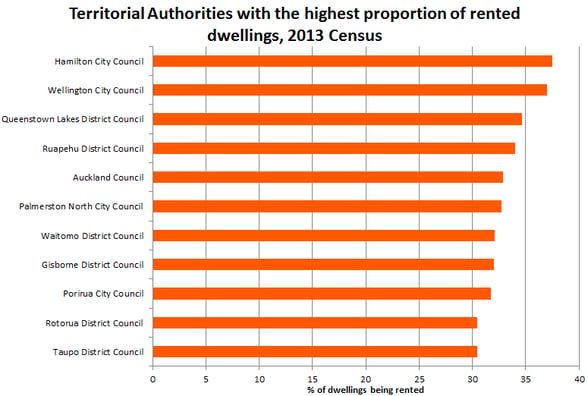
Home ownership is still very popular, primarily in semi-rural areas surrounding the major cities. These areas attract home upgraders to rural residential areas, and most of them own or are purchasing their homes. These areas have low proportions of renters and include Waimakariri and Selwyn (just outside Christchurch) and Carterton, not far from Wellington.
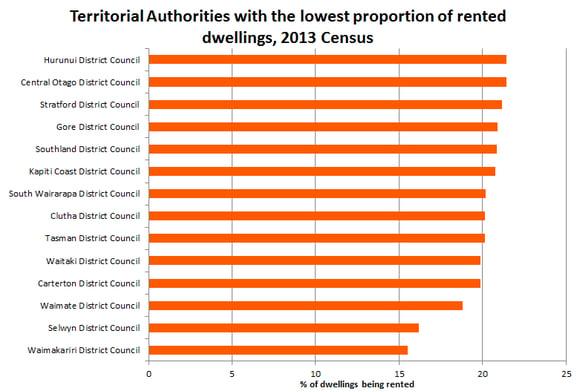
All the information about your local area, broken down by suburb/district, is included in profile.id, our online demographic profile. Fully updated with 2013 Census data, profile.id helps you to understand the population of your area, how it relates to the wider New Zealand trends, and how it has changed over the last 3 Census periods. If your council doesn’t subscribe to profile.id and you would like to learn more about it, visit our website or email us for more information.










